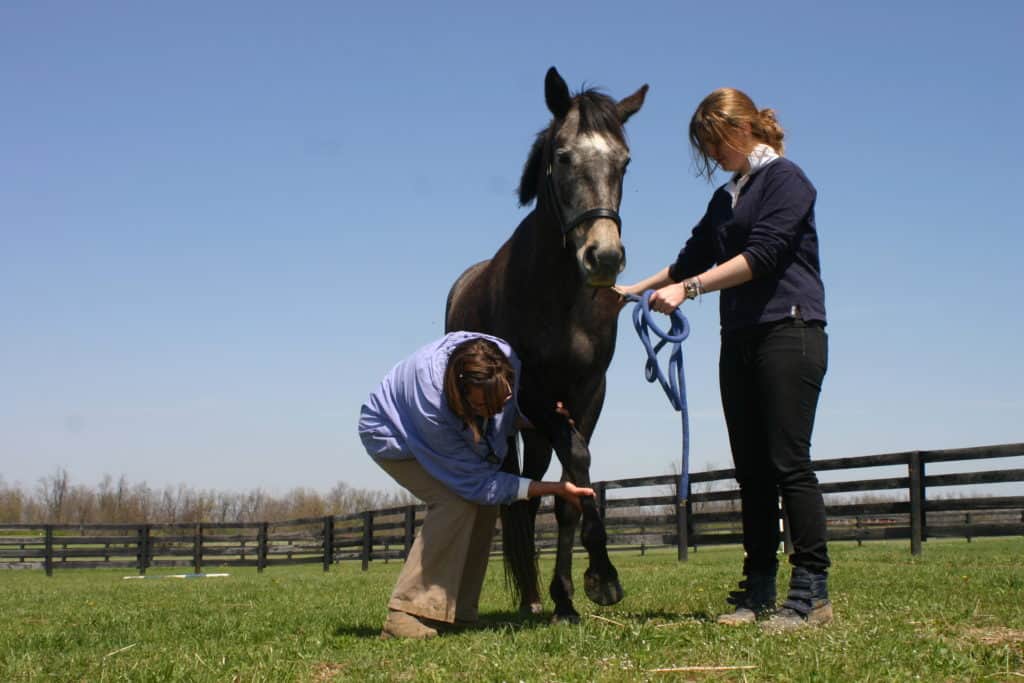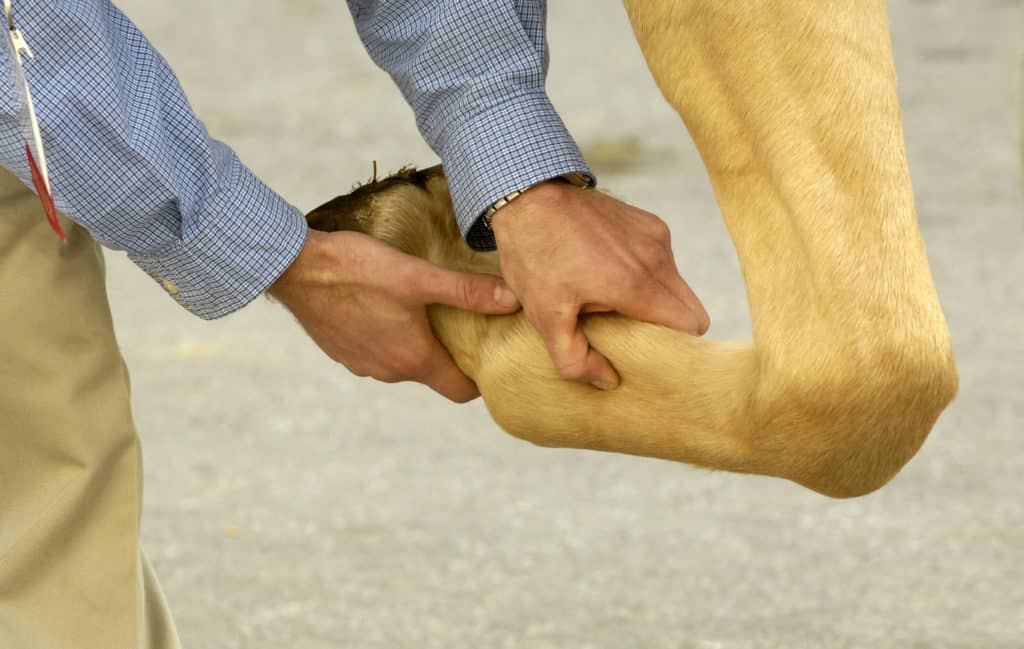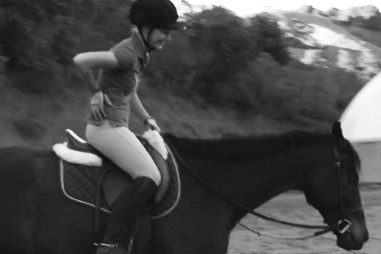
Kissing Spines: Common, But Not Career-Ending (AAEP 2011)
Kissing spines are more likely to cause clinical problems in certain breeds, disciplines, and age groups.

Kissing spines are more likely to cause clinical problems in certain breeds, disciplines, and age groups.

A thorough physical examination and tailored therapeutic approach can help relieve equine neck and back pain.
Research has shown that performing carrot stretches can strengthen the muscles that stabilize a horse’s back.

Wobbler syndrome is no longer a death sentence for horses if detected and managed early.
Researchers recently examined what saddle pad material is best suited for reducing equine back pressure.

Learn how your horse’s back works and causes of and treatments for equine back pain, with biomechanics researcher Dr. Hilary Clayton of Michigan State University.
Anyone who’s suffered from chronic aches and pains will likely say the ever-present irritation can put a damper on their day, possibly even making them cranky. But is the same true for horses? A group of French researchers recently completed a study
“Back problems can be performance-limiting in the horse due to pain and reduced range of motion and flexibility,” reported Kent Allen, DVM, of Virginia Equine Imaging, as he presented on equine back pain at the 2010 American Association of Equine Practitioners Convention, held Dec. 4-8 in Baltimore Md.

Back problems, stem cells for tendon injury, rehabilitating after an injury, pigeon fever, and more were discussed during the Lameness/Soft Tissue session at the 2010 American Association of Equine Practitioners convention. (Interview with moderator Dr. Brad Jackman)

Jochen Schleese, Master Saddler of Schleese Saddlery, discusses the pain a poor-fitting saddle can cause you and how it can compromise your ride.

Dr. Kevin Haussler discusses horse back problems and the use of chiropractic and complementary therapies.
In a retrospective study of 118 French Trotters, a team of veterinarians found that horses with back pain had more severe and localized lesions identifiable on X ray than horses with no evidence of back pain, but even pain-free horses had lesio

Wobbler syndrome takes its name from its primary sign–a wobbling or uncoordinated gait. In technical terms, the horse has a “proprioceptiveness deficit,” or a lack of physical awareness of his limbs and their placement.
The force a rider exerts on the horse’s back will shift depending on his or her position and should be included in any evaluation of tack pressure, researchers recently reported.
“You need a force that is distributed over a certain area to
I purchased my Thoroughbred gelding when he was 5 years old. Within the next two years we were doing really
Austrian researchers have reported that the stability of a rider?s seat affects the forces acting on a horse?s back. Using an electronic pressure mat placed under a dressage saddle, scientists with the University of Veterinary Medicine Vienna?s
Stay on top of the most recent Horse Health news with
"*" indicates required fields